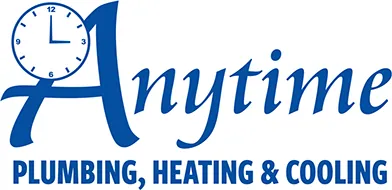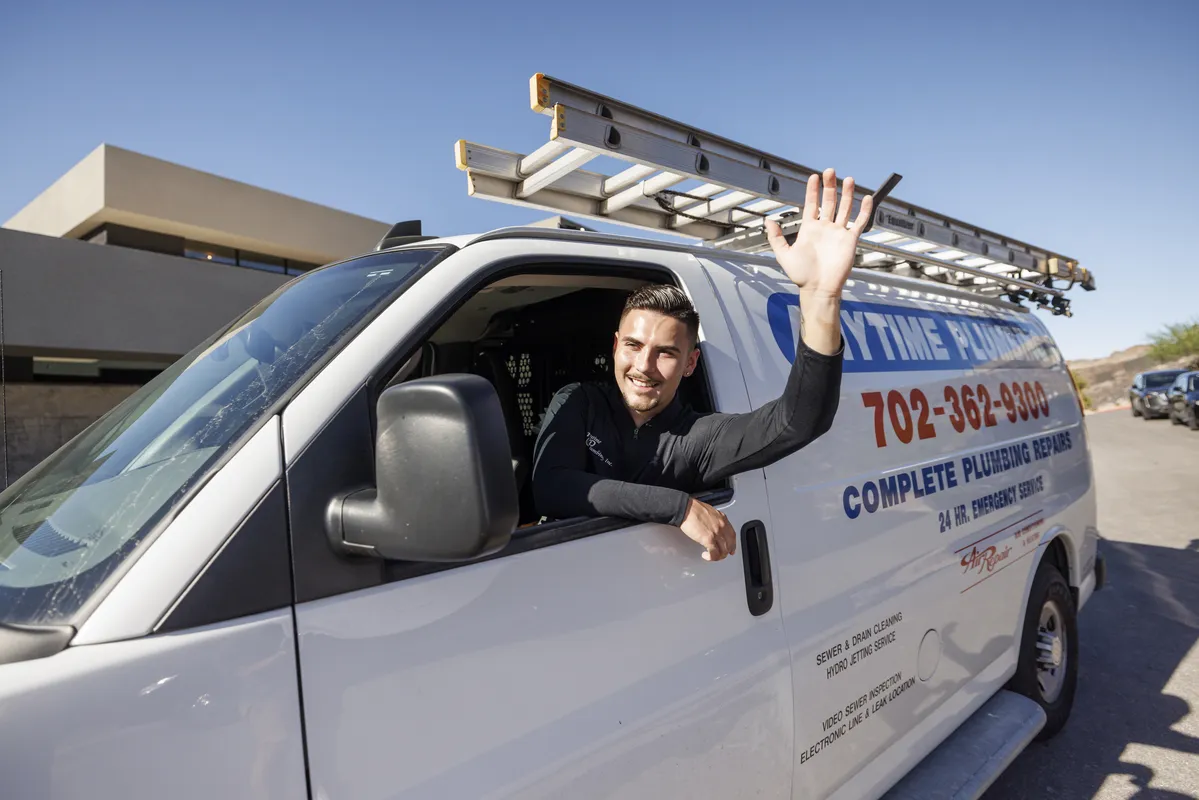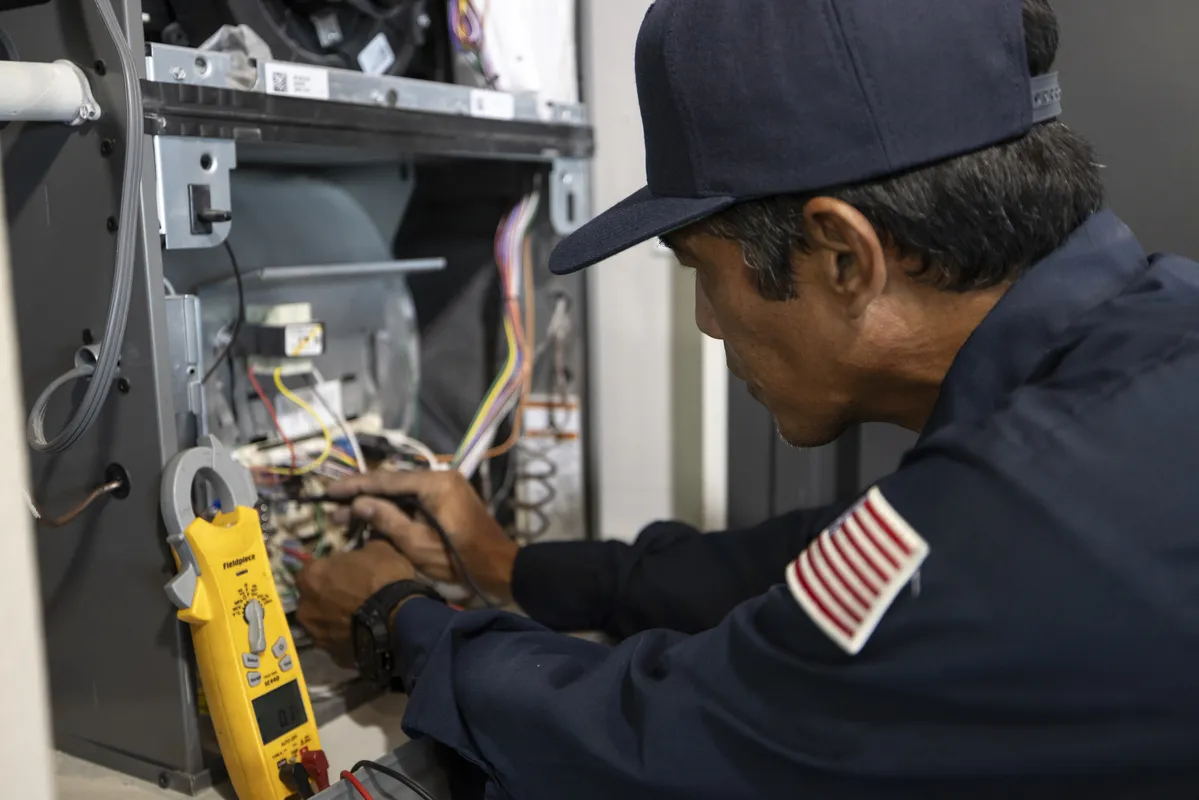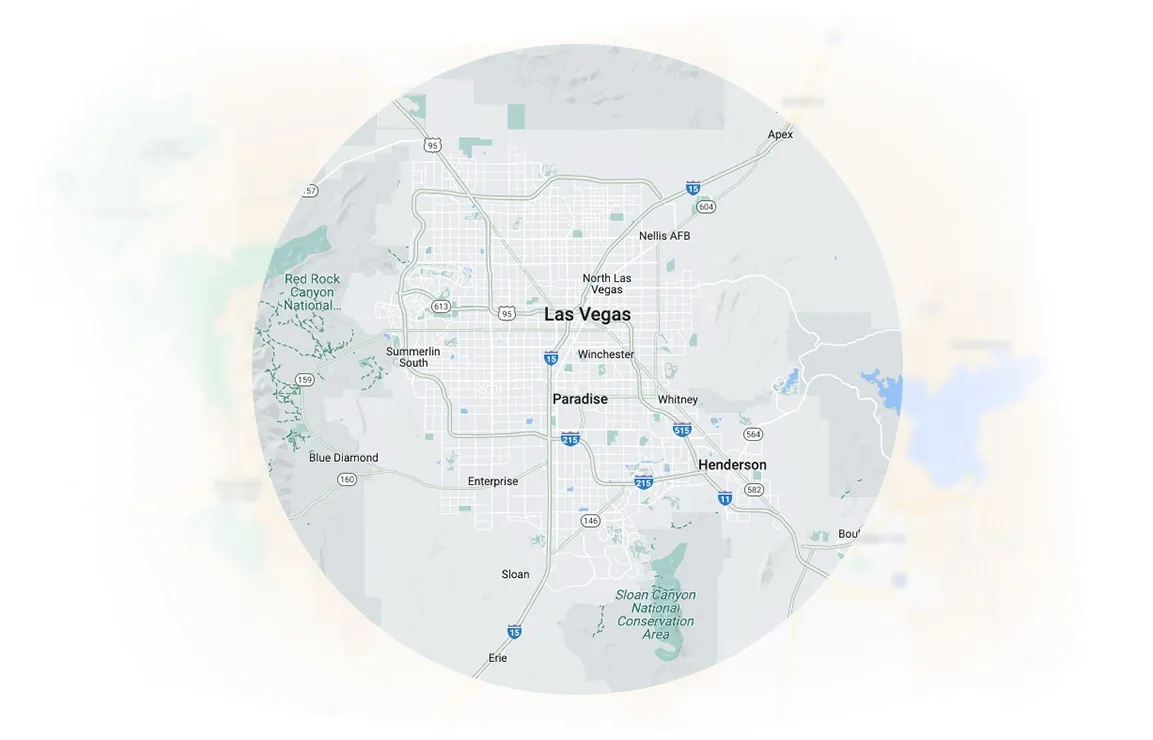Need help tracking down hidden water leaks?
Call 725-237-1724 and get your water bill under control! We serve residents throughout Las Vegas.
Our Special Offers
Is your water bill more than you expected this month? You haven’t been using more water than normal. So what’s causing that high bill?
You may have a water leak. This can happen anywhere in your home, from the pipes behind your walls to those underground.
Save time and money by understanding the signs and causes of leaks so you can get immediate help from your plumber. Anytime Plumbing, Heating & Cooling is ready to help Las Vegas residents find the source of their leak problems and have it fixed in no time.
How Can You Tell If You Have a Water Leak?
Aside from an increased water bill, other signs of a water leak include...
- Mold or mildew development
- Sound of water running even though your faucets are turned off
- Puddles in unexpected places
- A damaged dishwasher hose connection
A water leak can waste up to 300 gallons of water per day. It’s important to get any leaks under control before further damage occurs.
What happens if you let a water leak go undetected or repaired? Mold and mildew will start to form, often in difficult to reach areas. This can even hinder the detection process.
How Are These Leaks Detected?
There are various techniques to locate hidden water leaks. Below we discuss two common methods.
One is the meter detection technique, which involves a digital device that tracks down possible signs of leaks.
Another technique is infrared technology. An infrared camera is used to take close-ups of the pipes, which will help us assess the pipes from various angles and make it easier to spot any leaks.
How Can You Avoid Future Water Leaks?
We will help you stop future leaks by inspecting the following elements in your home:
Flashing: This is a thin metal strip typically found around chimneys, roofs, thresholds, windows, and doors. Flashing is designed to stop water intrusion in spaces where two different building surfaces meet.
Vents: Clothes dryers, attic gables, and exhaust vents should have hoods.
Air conditioners: We’ll make sure the drain lines are clean and clear of obstructions. Turn up your air conditioner to help remove moisture from your home.
Expansion joints: We recommend installing a backer rod and filling it with a new sealant if there are any cracks in the old joint sealant.
Exterior wood sheathing and siding: We’ll check any wood sided walls and make sure there are at least eight inches of space between the earth and wood.
Drywall: This should be installed slightly above the floor. The gap should be covered with molding as well.
Exterior walls: These walls should be kept sealed and well painted.
Irrigation: The spray pattern of the irrigation heads should be checked and adjusted. This minimizes the water that is sprayed directly onto the house and helps you avoid excessive water near the foundation.








